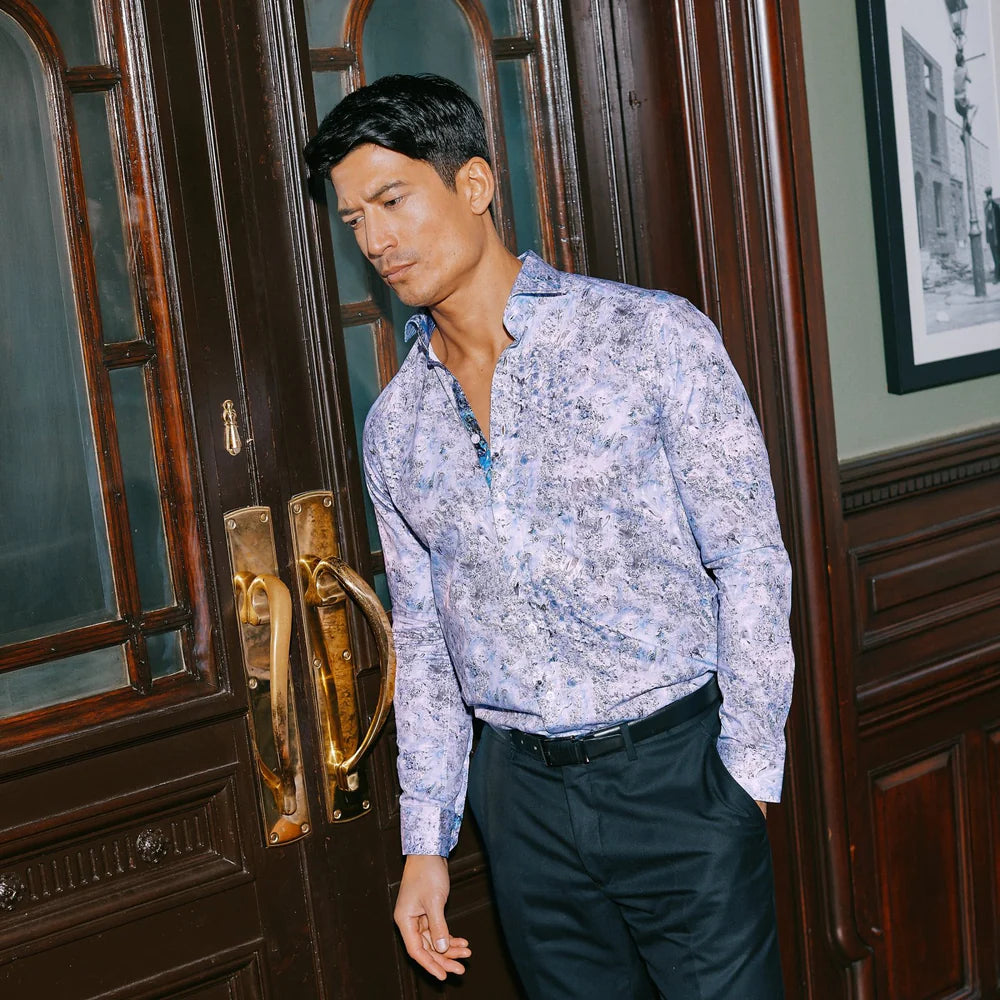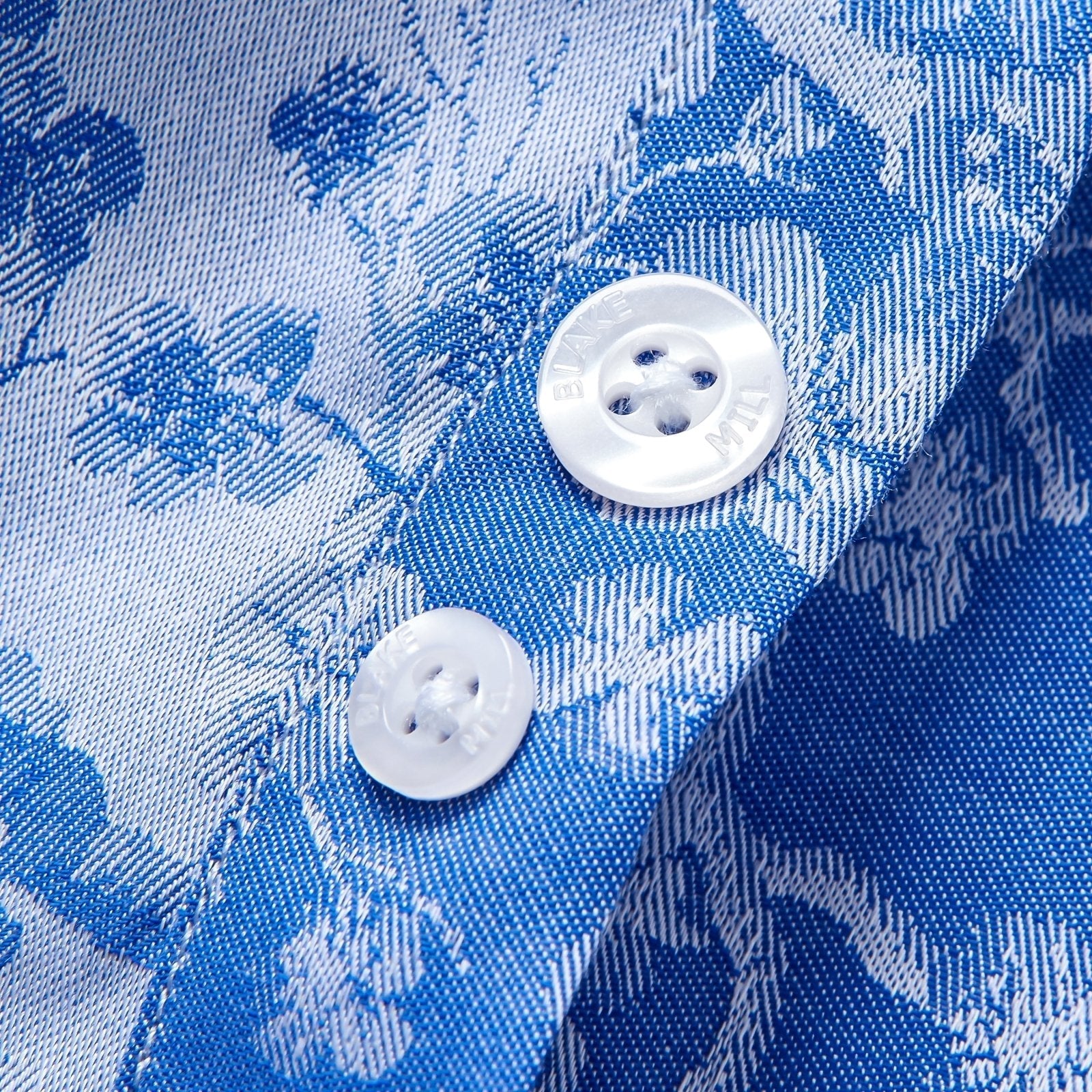Winter Layering Mastery: Combining Shirts and Jerseys
- Layering is the key to staying warm and comfortable in winter weather
- Understanding the basics of winter layering is essential for mastering the art
- The three main layers of winter clothing are the base layer, mid-layer, and outer layer
- Choosing the right fabrics for each layer is crucial for effective winter layering
- Combining shirts and jerseys can create unique and stylish winter outfits
- Advanced tips and troubleshooting common layering challenges will help you perfect your winter layering game
Understanding the Basics of Winter Layering
Winter layering is the art of combining different types of clothing to create a warm and comfortable ensemble. It involves wearing multiple layers of clothing, starting with a base layer, followed by a middle layer, and finally an outer layer. Each layer serves a specific purpose in trapping heat and protecting the body from the cold.
The base layer, also known as the skin layer, is the first layer of clothing that is worn next to the skin. It is designed to manage moisture and regulate body temperature. The base layer should be made of moisture-wicking materials, such as merino wool or synthetic fabrics, that will keep you dry and warm even when you start to sweat. It should fit snugly but not be too tight, allowing for proper blood circulation. Blake Mill have countless casual mens shirts that would be perfect here.
The middle layer, also known as the thermal insulation layer, is responsible for providing additional warmth. This layer can be a sweater, hoodie, or fleece jacket made of materials like fleece, wool, or synthetic fabrics. The middle layer should be lightweight and breathable to allow for proper ventilation and prevent overheating. It should also provide insulation even when wet.
The outer layer, also known as the outermost layer or shell layer, is the final layer of clothing and is designed to protect the body from wind, rain, and snow. It should be made of waterproof and windproof materials, such as Gore-Tex, that will keep you dry and shield you from the elements. The outer layer should have features like a hood, adjustable cuffs, and a durable zipper to provide maximum protection.
By understanding the basics of winter layering and choosing the right fabrics for each layer, you can create a layered look that will keep you warm and stylish throughout the colder months.
The Importance of Layering in Cold Weather
Layering is essential in cold weather conditions as it helps trap heat and keep the body warm. When the temperature drops, the body's natural response is to conserve heat by reducing blood flow to the extremities and focusing on keeping the core warm. By wearing multiple layers, you create pockets of air between each layer that act as insulation, trapping body heat and preventing it from escaping.
Cold conditions can be harsh on the body, and wearing just one thick layer of clothing may not provide adequate warmth. Layering allows you to adjust the number of layers based on the temperature, activity level, and personal comfort. It also allows you to remove or add layers as needed to regulate your body temperature and prevent overheating or sweating.
By layering effectively, you can maintain a comfortable body temperature and stay warm in even the coldest of weather conditions. It is important to choose the right fabrics for each layer to ensure maximum warmth and comfort.
Key Elements of an Effective Layering System
To master the art of winter layering, key elements of an effective system include understanding the roles of each layer – from the base to the outer shell. Choose fabrics like merino wool for the base layer to trap heat efficiently. Incorporating a middle layer for insulation, such as a jersey or sweater, is crucial. Ensure your outermost layer provides protection from external elements. By balancing warmth and breathability with the right fabrics and garments, you can create functional and stylish winter outfits.
Preparing for Layering: What You Need
Base layers like merino wool or synthetic fabrics are essential for trapping heat close to your body. Jerseys and sweaters serve as middle layers for additional warmth. When preparing, ensure you have a varied selection to mix and match for different temperatures. Opt for versatile pieces to create unique silhouettes while staying cosy. Remember, accessories like scarves can add both style and functionality to your ensemble. Embrace the art of layering with lightweight options like vests and cardigans for a trendy look that keeps you warm and stylish.
Essential Types of Shirts for Your Base Layer
When mastering winter layering, your base layer is crucial. Opt for thermal tops in merino wool or synthetic fabrics to trap heat close to your body. Choose crew neck shirts in lightweight materials for comfort. In extreme cold, consider thermal insulation for added warmth. Experiment with different shades to create unique silhouettes. Remember, the right base layer sets the foundation for a cosy and stylish ensemble. Bold choices in colour and fabric can elevate your winter outfits effortlessly. Embrace the art of layering with flair!
Selecting Jerseys and Sweaters for Mid-Layer Warmth
When creating your mid-layer for winter layering, opt for jerseys and sweaters that offer both style and functionality. Look for materials like merino wool or synthetic fabrics that provide excellent thermal insulation without adding bulk. Choose pieces that complement your base layer while ensuring you stay warm and comfortable. Experiment with different textures and colours to create a unique silhouette. Selecting the right mid-layer is crucial in maintaining your body heat and achieving a fashionable winter ensemble.

Step-by-Step Guide to Mastering Winter Layering
Begin by selecting a suitable base layer for optimal comfort and insulation. Next, add a middle layer like a cosy sweater or jersey to trap heat. Then, incorporate a stylish shirt for both warmth and style. Ensure flexibility by adjusting layers based on changing weather conditions. Lastly, master the balance between warmth and breathability for a layered look that's both fashionable and functional. Stay ahead this winter with these strategic layering steps!
Step 1: Choosing Your Base Layer Wisely
It all starts with your base layer - the foundation of your winter outfit ensemble. A crucial choice, your base layer sets the tone for how you trap heat and regulate your body temperature. Opt for merino wool or synthetic fabrics for lightweight warmth. Consider thermal tops for extreme cold conditions. Blend style and functionality by choosing unique silhouettes and different shades. Your base layer not only keeps you warm but also sets the tone for a fashionable layered look. Choose wisely!
Step 2: Adding a Mid-Layer for Insulation
Ensure your mid-layer provides both warmth and style. Opt for versatile options like fleece or merino wool to trap heat effectively. Experiment with different textures and colours to create unique silhouettes. Layer a cosy cardigan or a lightweight vest over your base for extra warmth. Consider the weather conditions to choose the appropriate thickness. This step is crucial in mastering the art of layering for ultimate comfort and flair. Stay cosy and chic!
Step 3: Selecting a Jersey or Sweater as an Additional Layer
Jerseys or sweaters add flair! They infuse warmth and style, crucial in the winter layering game. Opt for cosy knits or trendy pullovers for that extra oomph. Experiment with textures and colours to create unique ensembles. A well-chosen sweater can elevate your outfit from basic to fabulous in an instant. Don't underestimate the power of a good layer; it's the key to mastering winter style. Select wisely and rock those chilly days with confidence!
Step 4: Combining Shirts with Jerseys for Ultimate Comfort and Style
To achieve winter layering mastery, consider combining shirts with jerseys for the ultimate comfort and style. Experiment with layering different textures and patterns to create unique silhouettes that keep you warm and fashionable. Pair a base layer shirt with a cosy jersey for added warmth and visual appeal. Mix and match colours to add flair to your ensemble while ensuring you stay comfortable in cold conditions. This playful combination can elevate your winter outfits and make a fashion statement effortlessly.
Step 5: Adjusting Layers According to Weather Conditions
As you navigate the winter chill with your expert winter layering skills, don't overlook the crucial step of adjusting your layers to match the ever-changing weather conditions. The art of layering goes beyond just piling on clothes; it's about adapting to the temperature fluctuations like a pro. Be ready to add or shed a layer as needed, ensuring you stay cosy without overheating. Keep a keen eye on the forecast to master the perfect balance of warmth and comfort throughout your day!
Advanced Tips for Layering Shirts and Jerseys
Mixing patterns and textures like a pro can elevate your winter ensemble. Strike a balance between warmth and breathability by choosing the right fabrics: think merino wool for cosy warmth or synthetic fabrics for moisture-wicking properties. Experiment with unique silhouettes to add flair to your layered look. Play with different shades to create depth and interest in your outfit. Embrace the art of layering by adding accessories like scarves or vests for that extra pop of style.
Mixing Patterns and Textures for a Fashionable Look
When aiming for a bold and quirky winter ensemble, mixing patterns and textures is key. Experiment with diverse fabrics like wool, fleece, and synthetics for a dynamic layered look. Combine different shades and unique silhouettes to create a fashion-forward statement. Pair a knit sweater with a printed shirt or layer a bold cardigan over a subtle base. Don't be afraid to blend textures – mix a cosy scarf in a contrasting material or add a denim jacket for an edgy twist. Let your creativity shine through in your winter wardrobe!
Balancing Warmth and Breathability
To master winter layering, achieving the perfect balance between warmth and breathability is key. Incorporating breathable fabrics like merino wool and synthetic materials ensures optimal air circulation while trapping heat efficiently. Experiment with different textures and layering combinations to create unique silhouettes that keep you both cosy and comfortable. Pay attention to the blend of garments to maintain a balance between retaining body heat and preventing overheating. This art of layering not only keeps you warm but also adds a stylish touch to your winter outfits. Stay cosy and trendy in the colder months by mastering this essential skill.
Troubleshooting Common Layering Challenges
Layering outfits can sometimes lead to bulky looks, a common challenge. To avoid this, opt for thinner layers and strategic placement. Manage moisture and prevent overheating by choosing breathable fabrics like merino wool. Temperature regulation is key in layering; too many layers can trap heat, while too few can leave you cold. Experiment with different textures and shades to create unique silhouettes that balance warmth and style. Troubleshooting layering hurdles can refine your winter ensemble effortlessly.
Avoiding Bulky Looks While Layering
Layering like a pro means dodging the dreaded bulky appearance. Opt for sleek, form-fitting base layers to keep things streamlined. Choose thinner materials for inner and middle layers to avoid unnecessary bulk. Experiment with different textures and lengths to create a balanced silhouette. Avoid oversized outer garments that can overwhelm your frame. Remember, the key is strategic layering for a stylish and snug winter ensemble.
Managing Moisture and Preventing Overheating
Keep your cool! When mastering the art of layering, moisture management is key to prevent overheating. Opt for breathable fabrics like merino wool and synthetics to wick away sweat. Choose moisture-wicking base layers to keep your skin dry. In colder months, layering strategically helps regulate body temperature. Avoid overheating by balancing insulation with breathability in your ensemble. Stay comfortable and stylish by managing moisture levels effectively. Stay dry, stay fabulous!
Frequently Asked Questions
How Many Layers Should I Wear in Winter?
Layering in winter typically involves three layers: base layer for moisture-wicking, mid-layer for insulation, and outer layer for weather protection. However, the number of layers can vary based on the temperature and your activity level.
Can I Layer Multiple Jerseys for Added Warmth?
Yes, you can layer multiple jerseys for added warmth. Layering multiple jerseys provides additional thermal insulation by trapping more body heat. Ensure each jersey is lightweight and breathable to prevent overheating.
How Do I Layer Clothes Without Sacrificing Style?
To layer clothes without sacrificing style, focus on creating a cohesive and balanced layered look. Mix and match different textures, patterns, and colours for a fashionable ensemble. Experiment and have fun with your winter wardrobe!
What Are the Best Fabrics for Winter Layering?
The best fabrics for winter layering include merino wool, synthetic fabrics like polyester and nylon, and fleece. Merino wool provides excellent thermal insulation and moisture-wicking properties. Synthetic fabrics offer breathability and quick-drying capabilities. Fleece provides warmth and insulation.
By following these tips and answering common questions, you can master the art of layering shirts and jerseys for ultimate comfort and style in the winter. Layer wisely, adjust as needed, and have fun experimenting with different combinations to create fashionable and functional winter outfits.
Warm layers are one thing, but let's look at colour choices and how it can make people 'feel' in our blog, The Influence of Shirt Colour on Perception and Mood.





